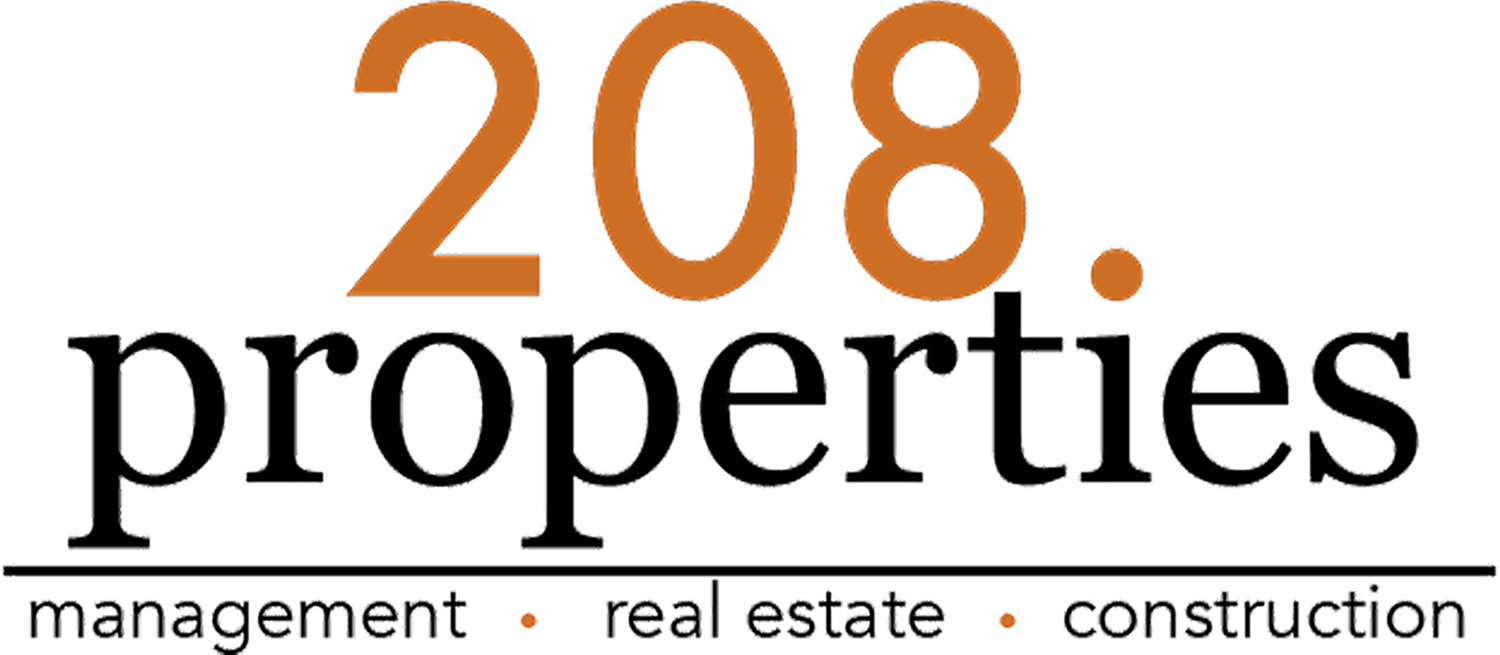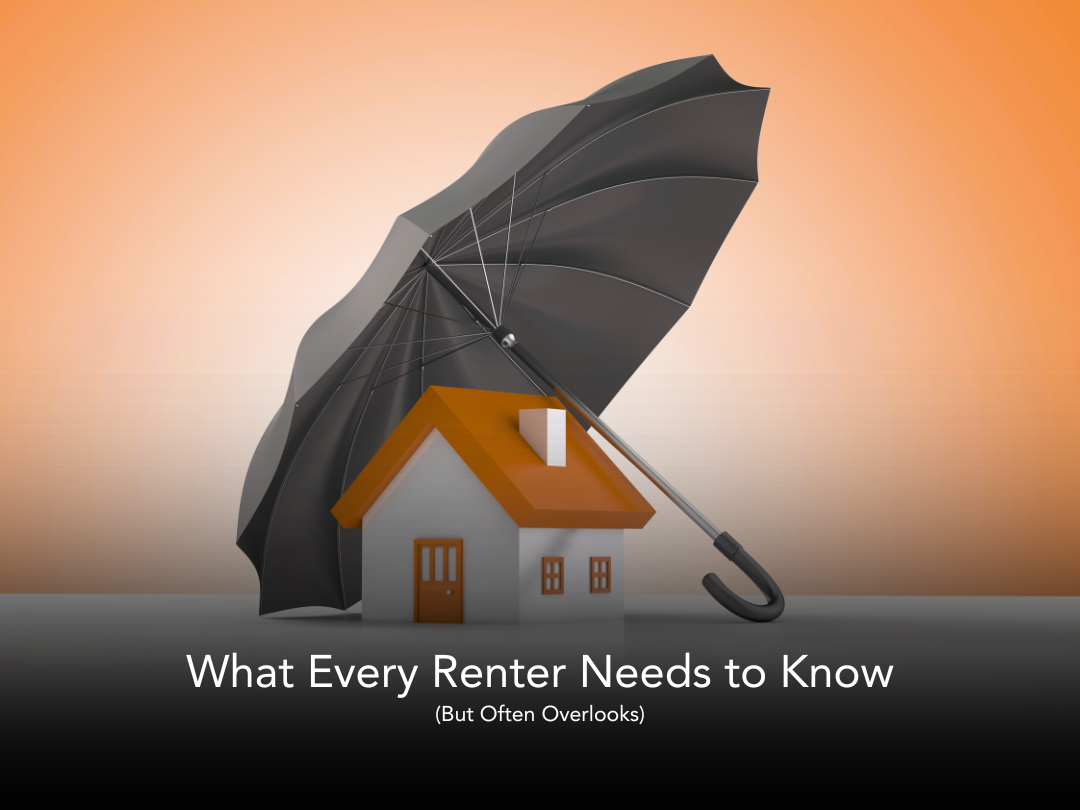Managing multiple properties can be a demanding task for property owners. With numerous responsibilities and duties to juggle, finding efficient ways to save time and streamline processes is essential. This blog post will explore time-saving tips and tools designed explicitly for Idaho property owners who manage multiple properties. By implementing these strategies, you can optimize your property management practices, improve productivity, and ultimately enhance your property portfolio. Let's dive in!
Automating Rental Property Task
1. Utilize Property Management Software
Implementing robust property management software can revolutionize your operations. These platforms offer features such as tenant screening, online rent payment processing, maintenance tracking, and financial reporting in one centralized location.
2. Online Listing Platforms
Leverage online listing platforms to advertise your vacancies and attract potential tenants. These platforms enable you to create professional listings, showcase property photos, and manage inquiries, saving you time in the marketing and screening process.
3. Automated Communication
Set up automated communication systems to streamline tenant interactions. Use email templates, automatic rent reminders, and maintenance request forms to ensure timely communication without constant manual follow-up.
Efficient Maintenance and Repairs
1. Develop a Maintenance Schedule
Establish a proactive maintenance schedule to stay on top of property repairs and inspections. Regularly assess your properties for potential issues and address them promptly to prevent more significant problems.
2. Outsourcing Maintenance Tasks
Consider outsourcing specific maintenance tasks to reliable contractors. This approach can save you time and ensure that professionals with the necessary expertise handle repairs.
3. Utilize Maintenance Tracking Tools
Implement maintenance tracking tools that allow you to log and monitor repair requests, schedule appointments, and track the progress of ongoing maintenance tasks. These tools provide transparency and help you stay organized.
Streamlining Financial Management
1. Online Rent Collection
Opt for online rent collection platforms to streamline the payment process. These platforms offer secure and convenient tenant payment options and automate rent tracking, reducing manual administrative work.
2. Expense Tracking and Reporting
Use digital tools or software to track and categorize property-related expenses. This simplifies your record-keeping process and provides accurate financial reports for tax purposes or financial analysis.
3. Property Accounting Software
Consider investing in property accounting software that integrates with your property management system. This allows you to automate financial tasks such as generating owner statements, tracking rental income, and managing expenses.
Delegating Tasks and Building a Support Network
1. Hire a Property Manager
Hiring a professional property manager can be a worthwhile investment if managing multiple properties becomes overwhelming. A property manager will handle day-to-day operations, tenant relations, and property maintenance, freeing up your time for other important tasks.
2. Virtual Assistants
Consider hiring virtual assistants to assist with administrative tasks like responding to inquiries, scheduling appointments, and managing paperwork. Virtual assistants can help alleviate your workload and increase your efficiency.
3. Networking and Partnerships
Establish connections with other property owners, real estate professionals, and service providers in your area. Collaborating with others can lead to beneficial partnerships, sharing resources, and learning from each other's experiences.
Effective Communication and Tenant Relations
1. Clear and Transparent Communication
Establish open lines of communication with your tenants. Communicate expectations, rent payment procedures, and maintenance protocols. Encourage tenants to reach out to you with any concerns or issues promptly.
2. Online Tenant Portals
Provide tenants access to an online tenant portal where they can submit maintenance requests, pay rent, and access important documents. This self-service option empowers tenants and reduces the need for direct communication for routine tasks.
3. Regular Tenant Check-Ins
Schedule regular check-ins with your tenants to build rapport, address concerns, and ensure their satisfaction. A positive tenant relationship leads to longer-term tenancies and reduces the time spent on turnover and vacancy.
Data Management and Analytics
1. Data Centralization
Consolidate property-related data into a single, secure location. This could be a cloud-based storage system or property management software that offers data storage and backup. Having all data in one place saves time and avoids the hassle of searching through multiple sources.
2. Analyze Key Metrics
Utilize data analytics tools to track and analyze key metrics such as rental income, occupancy rates, maintenance costs, and tenant turnover. These insights help you make data-driven decisions and identify areas for improvement.
3. Forecasting and Planning
Leverage historical data and predictive analytics to forecast future trends in the rental market. This allows you to plan for potential vacancies, adjust rental rates, and stay ahead of market changes.
Continuing Education and Professional Development
1. Stay Informed about Local Laws and Regulations
Regularly educate yourself on local landlord-tenant laws and regulations to ensure compliance and avoid legal issues. Attend workshops, webinars, or seminars related to property management to stay updated on best practices and industry trends.
2. Join Property Owner Associations
Join local property owner associations or industry groups to connect with fellow property owners and gain access to valuable resources, educational opportunities, and industry insights.
3. Engage in Professional Development
Invest in your professional development by pursuing certifications or training programs specific to property management. This demonstrates your commitment to excellence and keeps you abreast of emerging practices.
Conclusion
Managing multiple properties requires a strategic and efficient approach. By implementing these time-saving tips, utilizing the right tools, and investing in continuous learning, Idaho property owners can effectively manage their property portfolios while maximizing their returns.
Remember to adapt these strategies to your specific needs and stay current with industry trends to stay ahead of the curve. With a proactive and organized approach to property management, you can optimize your operations, save time, and achieve long-term success.












